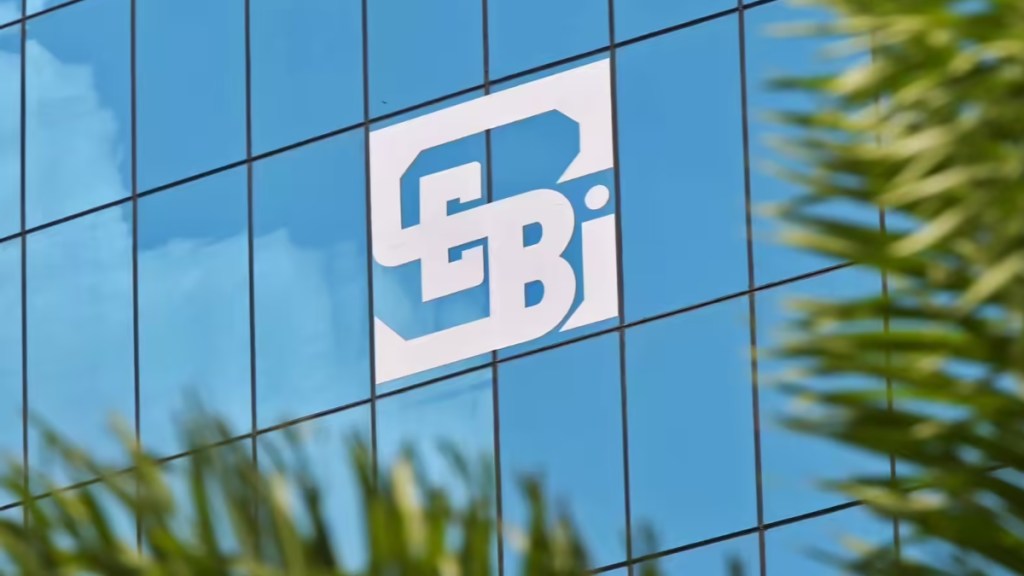The Securities and Exchange Board of India (Sebi) board on Friday gave a significant push to the initial public offering (IPO) market – the second biggest in the world after the US – by providing more institutional heft with increase in the investment limit of anchor investors, lowering the minimum public offer size for issues with post listing market capitalisation of Rs 50,000 crore and above and retaining the retail investor’s portion at 35%.
The decisions will help the strong IPO pipeline of Rs 1.8 lakh crore expected to hit the market this fiscal. In addition, NSE and Reliance Jio are also set to bring their mega issues.
After receiving feedback from various stakeholders to its consultation paper reducing the retail quota of IPOs of over Rs 5,000 crore to 25%, it has been retained at 35%. Sebi chairman Tuhin Kanta Pandey explained that it has been addressed through changing the minimum public offer (MPO) structure.
Responding to a question on the committee of conflict of interest’s report, Pandey said that it is expected to come out this month. The committee was formed on April 9 to recommend changes in the conflict of interest code of the market regulator. He also added that the non-objection certificate for NSE will happen soon when the settlement process is complete.
Key changes to Minimum Public Offer (MPO) and timelines
The market regulator’s board meeting made sweeping changes to IPO rules. While provisions governing the IPOs having a post-issue market capitalisation of up to Rs 50,000 crore remains the same, those with mcap between Rs 50,000 cr and Rs 1 lakh crore have been given extended time of five years from 3 years earlier to achieve MPS of 25%.
For companies with post issue market cap between Rs 1 lakh crore and Rs 5 lakh crore the MPO has revised to Rs 6,250 crore and at least 2.75% mcap. These companies are required to achieve an MPS of 15% in five years and 25% within 10 years. Current provisions require them to achieve 10% within 2 years and 25% in 5 years of listing.
Companies above Rs 5 lakh crore mcap will be required to float a minimum public offer of Rs 15,000 crore and 1% of post issue mcap subject to minimum dilution of 2.5%. They have been given time up to 10 years to achieve 25% minimum public shareholding subject to some conditions.
Additional reforms to bolster the capital markets
Other changes included higher anchor portions of mutual funds, life insurance companies and pension funds have also been approved. The book size of anchor investors has been increased to 40% through 33% earlier. Sebi officials said that extending the proposed timelines to listed entities will ensure consistency and parity in regulatory treatment.
The maximum exit load charged by mutual fund houses has been brought down to 3% from 5%. It said, reducing the maximum exit load would align the regulatory requirement with the prevailing industry practice. Setting the maximum cap at 3% was found appropriate so as to strike a better balance between investor protection and flexibility for schemes having exposure to less liquid securities.
In addition, the regulator has decided to introduce funds for accredited investors only by introducing a separate AIF category under which several relaxations will be provided such as no cap on number of investors. It has also given flexibility to the AIFs and large value funds.
The Board noted that AIFs are intended for sophisticated risk-aware investors, and the current reliance on a minimum commitment threshold as a proxy for investor sophistication may be inadequate.
Reits have finally given equity classification while InvITs continue to remain hybrid. The industry has welcomed this decision. Amit Shetty, CEO of Embassy REIT said it sees this as a catalyst to broaden investor participation, enhance liquidity, enable future index inclusion, and further strengthen REITs as a mainstream investment asset class.

